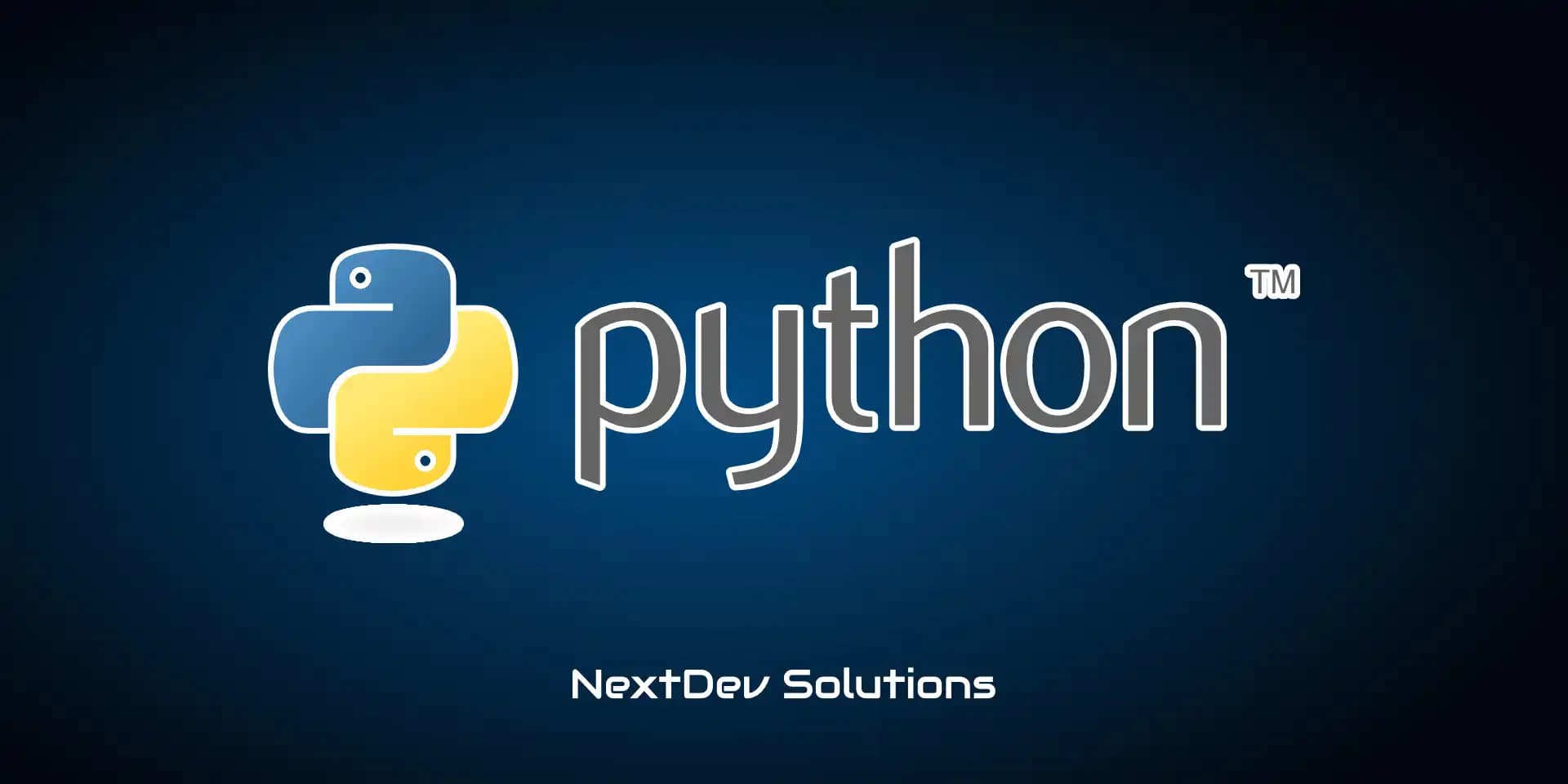
The Magic of Python: Who Uses It and Why It's So Popular?
Python, a versatile and dynamic programming language, has taken the tech world by storm. Its popularity spans a broad spectrum of users, from software engineers to kids dabbling in their first lines of code. But what makes Python so beloved and widely adopted? Let's delve into who uses Python and why it stands out in the vast landscape of programming languages.
Who Uses Python?
- Software Engineers: For developing web applications, automating tasks, and more, Python is a go-to language due to its simplicity and power.
Data Analysts:
Python's extensive libraries, such as Pandas and NumPy, make it ideal for data manipulation, analysis, and visualization.
Accountants:
Python can automate repetitive tasks, generate reports, and analyze financial data efficiently.
Mathematicians:
With libraries like SciPy and SymPy, Python aids in complex mathematical computations and symbolic mathematics.
Scientists:
Researchers and scientists use Python for data analysis, simulations, and even to drive complex scientific experiments.
Network Engineers:
Python helps automate network configuration, management, and troubleshooting.
Kids:
Thanks to its simple syntax and readability, Python is often the first language taught to young programmers.
Why Is Python So Popular?
Solves Complex Problems Efficiently:
Python allows developers to solve intricate problems with fewer lines of code compared to many other languages. This makes development faster and reduces the potential for errors.
Multi-Purpose Language:
Python's versatility is one of its greatest strengths.
High-Level Language:
Python abstracts much of the complex details of the computer's operation, allowing developers to focus on problem-solving and algorithm development rather than low-level programming details.
Cross-Platform:
Python is cross-platform, meaning it runs on various operating systems like Windows, macOS, and Linux without requiring significant changes to the code.
Huge Community:
Python boasts a vast and active community. This means extensive documentation, numerous tutorials, and a wealth of third-party modules and packages that can be easily integrated into projects.
Large Ecosystem:
Python’s ecosystem includes libraries and frameworks for virtually any task imaginable. Whether you need to build a web server, analyze data, or create a game, there's a good chance Python has you covered.
Python's Elegance in Simplicity
To illustrate Python's simplicity, let's look at a common programming task: extracting a substring from a string. Here's how it compares across different languages:
C#
1str.Substring(0, 3)
JavaScript
1str.substr(0, 3)
Python
1str[:3]
In Python, the task is accomplished with an elegant and concise slice operation, demonstrating why many find Python easier to learn and use.
Conclusion
Python’s popularity is no accident. Its ability to streamline complex tasks, its versatility across various domains, and its supportive community make it an invaluable tool for both beginners and seasoned professionals. Whether you're developing cutting-edge AI models or automating your home, Python is likely to be the language of choice. So, if you haven't already, give Python a try and join the thriving community of Pythonistas.
